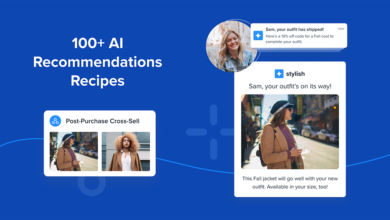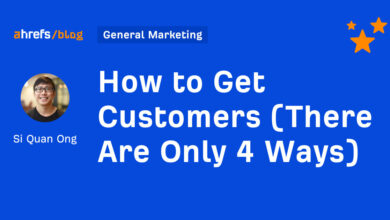The Power of Personalization: How to Create a Winning Personalization Strategy

Personalization has become a key strategy for businesses looking to create a more engaging and relevant experience for their customers. By tailoring content, products, and services to individual preferences, businesses can increase customer satisfaction, loyalty, and ultimately drive sales. In this blog, we will explore the power of personalization and provide tips on how to create a winning personalization strategy for your business.
What is Personalization?
Personalization is the process of tailoring content, products, and services to individual preferences and interests. This can be done through various means, such as using customer data, behavior tracking, and segmentation to deliver more relevant and targeted experiences. Personalization allows businesses to create a more engaging and meaningful interaction with their customers, ultimately leading to increased customer satisfaction and loyalty.
The Benefits of Personalization
There are many benefits to implementing a personalization strategy for your business. Some of the key benefits include:
Increased Customer Engagement
Personalized content and offers are more likely to capture the attention of customers and keep them engaged with your brand. By providing relevant information and products based on their interests and preferences, you can create a more meaningful connection with your customers.
Improved Customer Satisfaction
Personalization helps to ensure that customers are receiving content and offers that are relevant to them, leading to increased satisfaction with your brand. When customers feel that you understand their needs and preferences, they are more likely to have a positive experience with your business.
Higher Conversion Rates
By delivering personalized content and offers, you can increase the likelihood of customers making a purchase. When customers are presented with products and services that align with their interests, they are more likely to convert and become loyal customers.
Creating a Winning Personalization Strategy
Now that we’ve covered the benefits of personalization, let’s dive into how you can create a winning personalization strategy for your business:
1. Collect Customer Data
The first step in creating a personalization strategy is to collect customer data. This can include demographic information, browsing behavior, purchase history, and any other relevant data points that can help you better understand your customers’ preferences and interests.
2. Segment Your Audience
Once you have collected customer data, the next step is to segment your audience based on common characteristics and behaviors. This will allow you to target specific groups of customers with personalized content and offers that are relevant to their needs.
3. Personalize Content and Offers
Using the customer data and audience segments you have created, you can now start personalizing your content and offers. This can include personalized product recommendations, targeted email campaigns, and customized landing pages that speak directly to the interests of your customers.
4. Test and Optimize
It’s important to continuously test and optimize your personalization strategy to ensure that you are delivering the most relevant and engaging experiences to your customers. Use A/B testing and analytics to track the performance of your personalized content and make adjustments as needed.
FAQs
What are some common personalization strategies businesses use?
Some common personalization strategies businesses use include personalized product recommendations, targeted email campaigns, customized landing pages, and dynamic content based on browsing behavior.
How can personalization help improve customer loyalty?
Personalization helps to create a more engaging and relevant experience for customers, leading to increased satisfaction and loyalty. When customers feel that you understand their needs and preferences, they are more likely to become repeat customers and brand advocates.
What tools can businesses use to implement a personalization strategy?
There are many tools available to help businesses implement a personalization strategy, including customer relationship management (CRM) software, marketing automation platforms, and personalization engines that use machine learning algorithms to deliver targeted content to customers.
By implementing a personalized strategy for your business, you can create a more engaging and relevant experience for your customers, ultimately leading to increased satisfaction, loyalty, and sales. Follow the tips outlined in this blog to create a winning personalization strategy that will help you stand out from the competition and drive success for your business.




